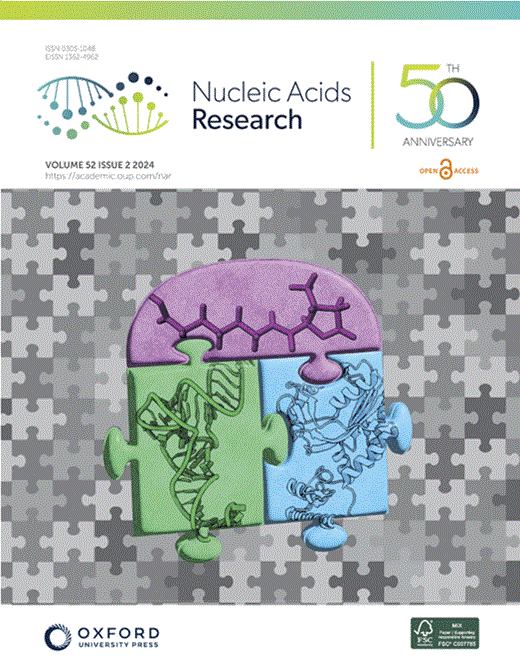Quantum-inspired logic for advanced Transcriptional Programming
IF 16.6
2区 生物学
Q1 BIOCHEMISTRY & MOLECULAR BIOLOGY
引用次数: 0
Abstract
The tenets of intelligent biological systems are (i) scalable decision-making, (ii) inheritable memory, and (iii) communication. This study aims to increase the complexity of decision-making operations beyond standard Boolean logic, while minimizing the metabolic burden imposed on the chassis cell. To this end, we present a new platform technology for constructing genetic circuits with multiple OUTPUT gene control using fewer INPUTs relative to conventional genetic circuits. Inspired by principles from quantum computing, we engineered synthetic bidirectional promoters, regulated by synthetic transcription factors, to construct 1-INPUT, 2-OUTPUT logical operations—i.e. biological QUBIT and PAULI-X logic gates—designed as compressed genetic circuits. We then layered said gates to engineer additional quantum-inspired logical operations of increasing complexity—e.g. FEYNMAN and TOFFOLI gates. In addition, we engineered a 2-INPUT, 4-OUTPUT quantum operation to showcase the capacity to utilize the entire permutation INPUT space. Finally, we developed a recombinase-based memory operation to remap the truth table between two disparate logic gates—i.e. converting a QUBIT operation to an antithetical PAULI-X operation in situ. This study introduces a novel and versatile synthetic biology toolkit, which expands the biocomputing capacity of Transcriptional Programming via the development of compressed and scalable multi-INPUT/OUTPUT logical operations.高级转录编程的量子启发逻辑
智能生物系统的原则是(i)可扩展的决策,(ii)可继承的记忆和(iii)通信。本研究旨在提高标准布尔逻辑之外决策操作的复杂性,同时最大限度地减少底盘细胞的代谢负担。为此,我们提出了一种新的平台技术,用于构建具有多个输出基因控制的遗传电路,相对于传统的遗传电路使用更少的输入。受量子计算原理的启发,我们设计了由合成转录因子调节的合成双向启动子,以构建1-INPUT, 2-OUTPUT逻辑操作。生物量子比特和PAULI-X逻辑门被设计成压缩的遗传电路。然后,我们对这些门进行分层,以设计更多的量子启发的逻辑运算,这些运算越来越复杂。费曼和托佛里门。此外,我们设计了一个2-INPUT, 4-OUTPUT量子运算,以展示利用整个排列输入空间的能力。最后,我们开发了一种基于重组的记忆操作来重新映射两个不同逻辑门之间的真值表。将量子比特操作转换为反向PAULI-X操作。本研究介绍了一种新颖而通用的合成生物学工具包,它通过开发压缩和可扩展的多输入/输出逻辑操作来扩展转录编程的生物计算能力。
本文章由计算机程序翻译,如有差异,请以英文原文为准。
求助全文
约1分钟内获得全文
求助全文
来源期刊

Nucleic Acids Research
生物-生化与分子生物学
CiteScore
27.10
自引率
4.70%
发文量
1057
审稿时长
2 months
期刊介绍:
Nucleic Acids Research (NAR) is a scientific journal that publishes research on various aspects of nucleic acids and proteins involved in nucleic acid metabolism and interactions. It covers areas such as chemistry and synthetic biology, computational biology, gene regulation, chromatin and epigenetics, genome integrity, repair and replication, genomics, molecular biology, nucleic acid enzymes, RNA, and structural biology. The journal also includes a Survey and Summary section for brief reviews. Additionally, each year, the first issue is dedicated to biological databases, and an issue in July focuses on web-based software resources for the biological community. Nucleic Acids Research is indexed by several services including Abstracts on Hygiene and Communicable Diseases, Animal Breeding Abstracts, Agricultural Engineering Abstracts, Agbiotech News and Information, BIOSIS Previews, CAB Abstracts, and EMBASE.
 求助内容:
求助内容: 应助结果提醒方式:
应助结果提醒方式:


